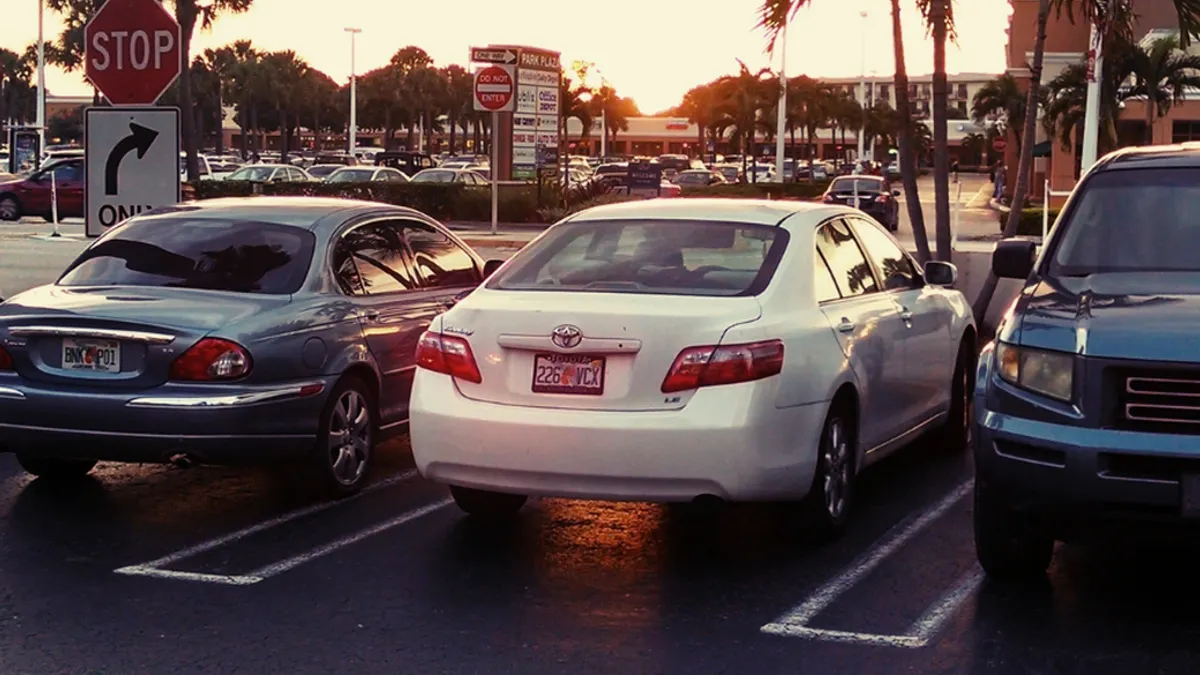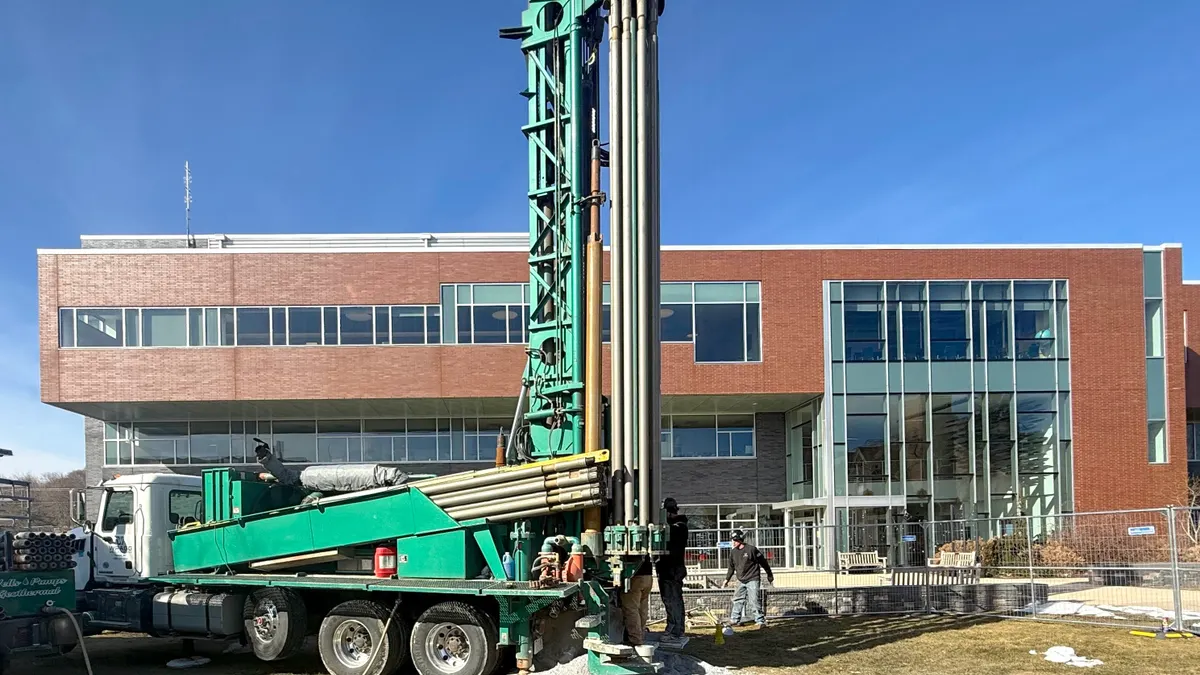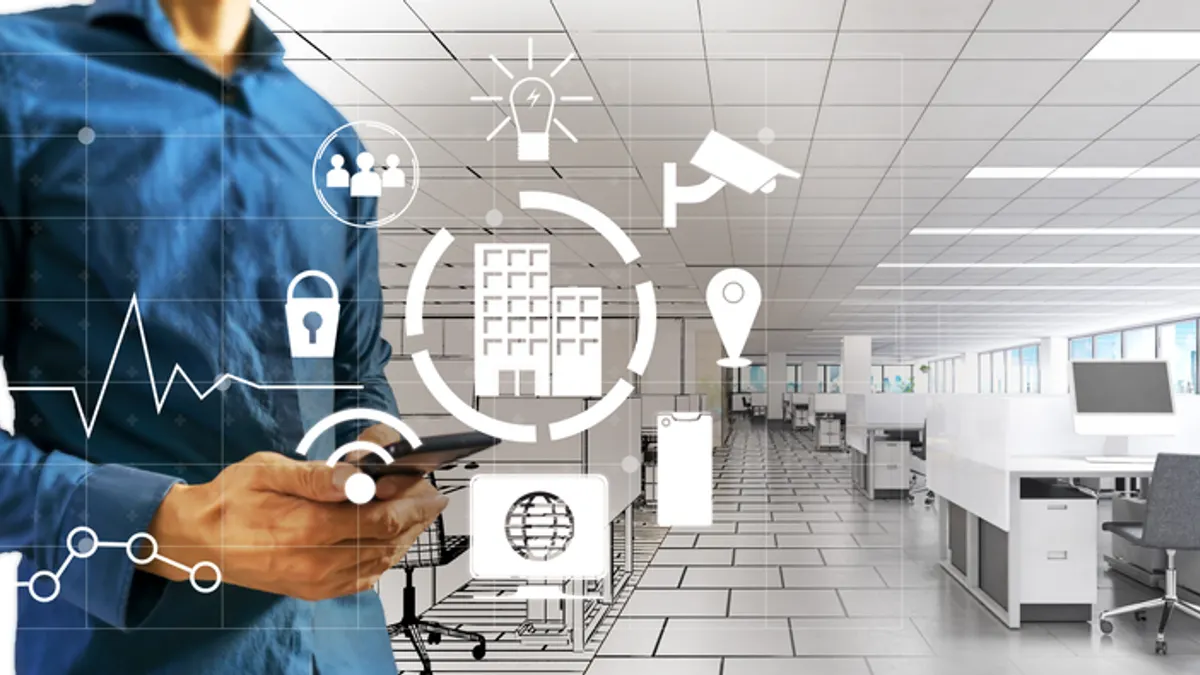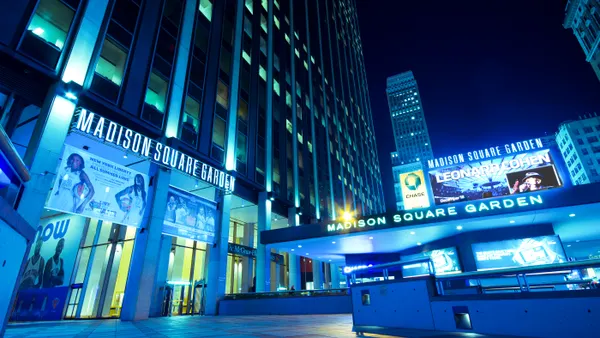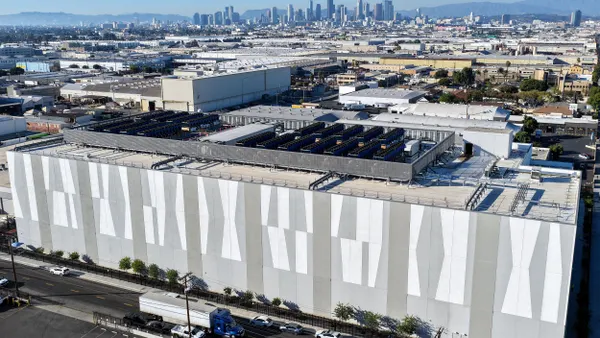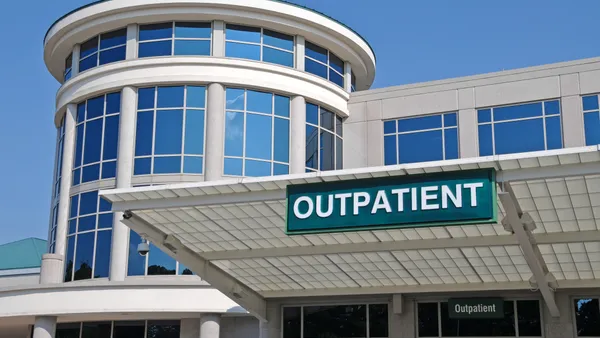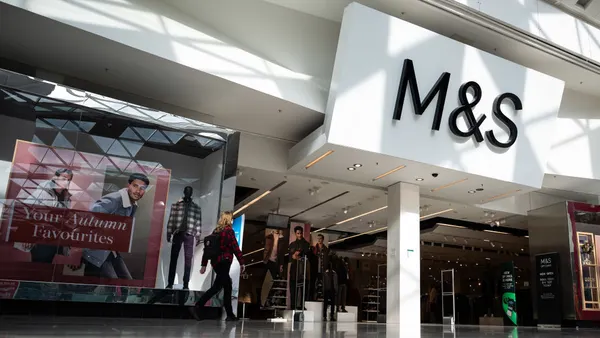Imagine this: your property appears on the 5 o’clock news after another parking lot incident, or a shopper posts a video online describing your center as unsafe. In an instant, perception becomes reality, and your brand equity takes the hit.
Parking lot security is more than a convenience. It directly affects foot traffic, tenant satisfaction, insurance premiums, and Net Operating Income (NOI). When it falls short, the impact reaches far beyond the asphalt and affects leasing, liability, and overall asset performance.
Your parking lot is your first impression. If customers or tenants feel unsafe, that perception can spread quickly. A single video of a theft or a post about an unsafe parking lot can circulate online and damage your property’s reputation within hours.
The risks are real:
- Over 250,000 vehicle thefts happen in parking lots every year.
- More than 60% of break-ins occur on privately owned lots, including malls and shopping centers.
- 65% of drivers report feeling unsafe in parking garages after dark.
- Nearly 70% of carjackings occur in parking lots or garages.
For shopping centers, these incidents result in fewer visitors, shorter dwell times, and frustrated tenants. Add the rising cost of liability, insurance, and repairs, and parking lot security quickly becomes a business-critical investment rather than a simple operational expense.
How parking lot surveillance affects tenant satisfaction and NOI
Recurring safety issues increase expenses, impact CAM charges, and weaken tenant confidence. A poorly secured lot can determine whether retailers renew their leases or move to a competing center. Strengthening your parking lot video surveillance system helps stabilize occupancy, retain tenants, and protect long-term property value.
5 warning signs your parking lot security cameras aren’t enough
Even properties with cameras or patrols may still have blind spots or outdated systems that leave them exposed. Here are five warning signs your parking lot surveillance may need an upgrade.
1. Repeat incidents in the same areas
If theft, vandalism, or loitering occur repeatedly in specific parts of your property, criminals may be taking advantage of weak points in your parking lot security camera coverage. Common problem areas include:
- Dark corners or poorly lit zones
- Outer sections of large retail lots
- Loading docks or back-of-store exits
Every incident costs more than repairs, it signals weak management, raises insurance, and drives shoppers away. Upgrading parking lot surveillance protects NOI and tenant retention.
Perception drives loss. Frequent minor incidents make properties feel unsafe, hurting shopper trust and tenant satisfaction.
2. Customers and employees feel unsafe in your parking lot
Foot traffic fuels retail success—but fear drives it away. When tenants and employees feel unsafe after dark, labor costs rise, turnover increases, and sales decline.
A proactive parking lot security system restores confidence, boosts traffic, and strengthens tenant retention.
3. You rely only on footage after the fact
Traditional CCTV and older parking lot security cameras record incidents after they happen. If you are only reviewing footage once a crime has occurred, you are documenting loss instead of preventing it.
For property managers, this often means:
- Lost merchandise or cash from theft
- Higher insurance deductibles for vandalism or collisions
- Increased liability when customers or employees are harmed
Undetected incidents raise your property’s risk. AI-driven live monitoring stops threats before they become losses.
4. Your security resources are stretched too thin
Covering a large retail property with guards alone is both costly and inefficient. Many centers rely on local police for incident response, but their resources are limited, and response times can vary.
If you still experience vandalism or theft despite paying for guard patrols, the problem isn’t effort, but scalability. A hybrid model that combines live video monitoring with on-site patrols can reduce costs by up to 50% while improving real-time visibility.
5. Your property layout or risks keep changing
Retail centers evolve constantly. Seasonal surges, construction projects, tenant turnover, and shifting traffic flows all create new risks. Unfortunately, static camera systems are rarely flexible enough to adapt to these changes.
Coverage gaps during peak seasons, like holidays and back-to-school periods often result in more incidents, higher claims, and brand damage. For multi-tenant centers, flexibility is critical. Adding an MSU or solar security tower allows property managers to cover new areas quickly and effectively.
Upgrading Your Parking Lot Surveillance System
Recognizing these warning signs is only the first step. Knowing how to fix them is where the real opportunity lies. Modern retail parking lot security requires more than cameras and guards. It demands an adaptive, layered approach that combines technology, visibility, and proactive response.
Interested in learning more about how to solve these issues? Check out this free guide from ECAM Making Retail Parking Lots Safer, for the lowdown on how retail property owners and managers are implementing adaptive, AI-powered parking security solutions today.

